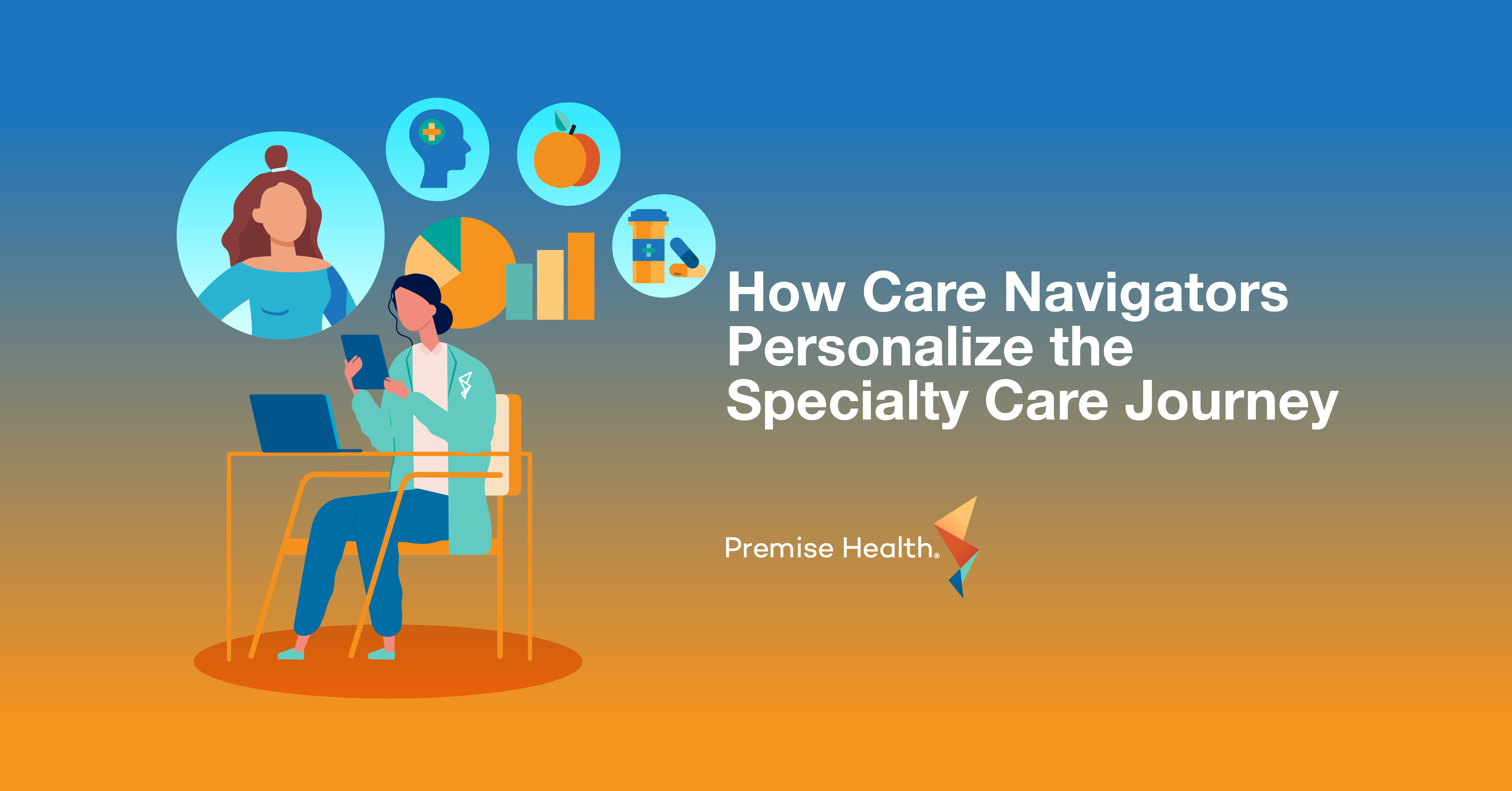From Corporate Desks to the Factory Floor: How Ergonomics Helps Your Workplace
Most people have heard of ergonomics when it comes to comfortable furniture or desk posture, but the principles of ergonomics go well beyond that, especially when it comes to the workplace. So, what does ergonomics actually mean and how can it help your employees be more productive and comfortable at work? Keep reading to learn more.
What is ergonomics?
Generally, ergonomics is a scientific discipline that studies human interactions with elements of a system. It is often applied to workplaces to optimize people’s wellbeing along with overall performance.
Applying the principles of ergonomics in the workplace means jobs are designed to fit the worker, so the job tasks are safer and performance is more efficient. Ergonomics is a balance between job demands and worker capabilities that can have enormous benefits for employers and employees.
Why is ergonomics important?
Ergonomics has universal benefits for all types of jobs and workplace settings, including:
-
- Increased morale due to fewer employees experiencing discomfort
- Increased productivity due to reduced risk of musculoskeletal disorders
- Decreased illness and subsequent time away from work
- Increased employee safety resulting in fewer workers’ compensation claims
- Increased savings and decreased healthcare costs for organizations due to fewer injuries
Office ergonomics
When workplace ergonomics comes to mind, the first thing you think of might be office ergonomics. Most of us now know that long hours sitting in the same spot in front of a computer can wreak havoc on the body. Office ergonomics focuses on areas like desk posture, computer use, lighting, and overall equipment set up to help employees stay comfortable and productive.
Using proper ergonomics in the office can help prevent harmful musculoskeletal disorders like carpal tunnel syndrome, tendinitis, and other muscle strains or low back injuries. With many office workers now working from home permanently or in a hybrid environment, these are no longer short-term, temporary set-ups. It’s important for all workstations to be optimized for comfort and safety, no matter where employees spend their time. The need to incorporate proper ergonomics is a preventive, cost saving measure all organizations should consider.
Industrial ergonomics
Ergonomics is extremely important in industrial settings where workers may be performing repetitive motions or manual labor. Common job types that benefit from ergonomics include factory workers, lab workers, truck drivers, first responders, transportation workers, and construction workers, to name a few.
Ergonomics in the workplace will focus on areas like repetitive motion, proper lifting technique, and safe handling practices while using hand trucks, pallet jacks, carts, forklifts, and more to help make jobs easier and safer to perform. Due to the nature of industrial jobs, using improper ergonomics for forceful or stressful movements, especially in repetition, can lead to serious musculoskeletal disorders and injuries. Preventing serious musculoskeletal injuries reduces expensive treatments like surgeries and ultimately saves significant healthcare costs for organizations and daily discomfort for employees.
Virtual ergonomics
As the workforce becomes increasingly dispersed, easy access to ergonomic support makes people more likely to seek assistance and get ahead of potential issues. Workers in both office and industrial settings can access virtual ergonomics to receive assessments of their workspace remotely. From rural-based factories to work-from-home corporate employees, the convenience of these assessments makes them an excellent option for all workers regardless of their job type.
How does a virtual ergonomics assessment work?
At Premise Health, virtual assessments can be conducted with or without a referral via video, or a local provider can assist a member in person following direction from the virtual ergonomist. If possible, members can also send pictures or video of their workstation for the ergonomist to review. Either way, a virtual ergonomist will assess the workstation and suggest tools or modifications to help workers avoid discomfort or potential injury.
Benefits of virtual ergonomics
Virtual visits make many services, including ergonomic assessments more accessible for all by making them easy to fit into busy schedules. This allows ergonomists to reach remote or local employees with the same prevention-focused approach and make sure all workstations are comfortable, no matter where they’re located.
Regardless of the industry or field you’re in, ergonomics can help your workforce feel better in their daily lives and be more productive at work. With a holistic, prevention-focused approach, Premise brings ergonomic support to your workforce through a variety of providers. We work with your human resources or health and safety teams to develop and implement ergonomics programs that address the unique needs of your workforce.
To learn more about how ergonomics or virtual ergonomics can improve your workplace, reach out to us today.
Next on industry insights.

One Less Errand, One Healthier Member: The Power of 90-Day Prescriptions
Read the Blog
How Care Navigators Personalize the Specialty Care Journey
Read the Blog